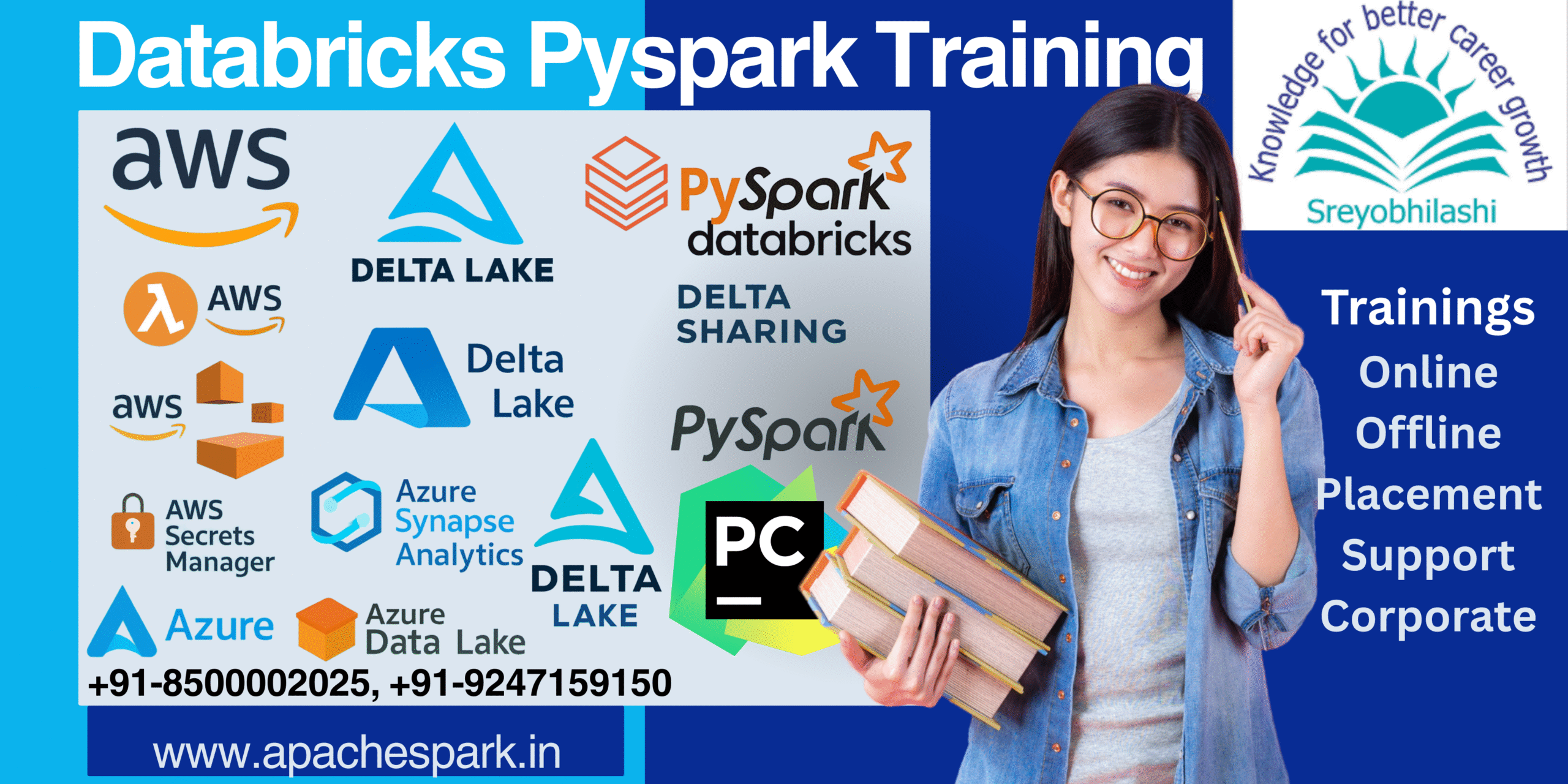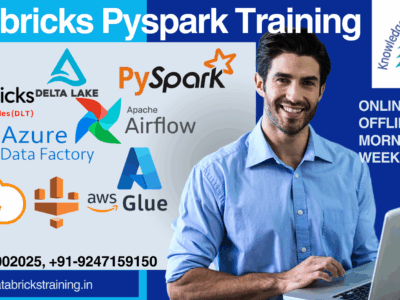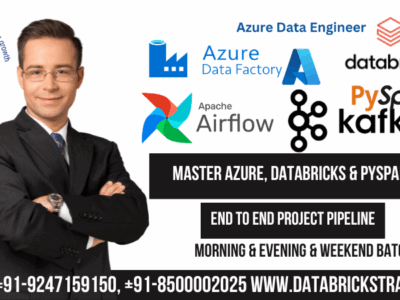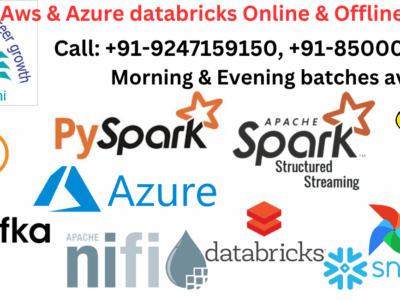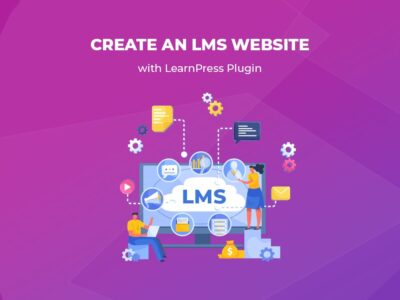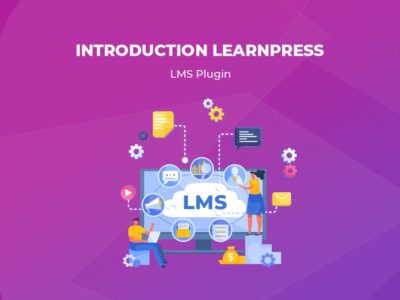Are you a job seeker, student, or working professional looking to build a career in Big Data, Cloud, and AI-driven Analytics? This is your chance to gain hands-on expertise in one of the most in-demand skill sets in today’s tech world – Databricks Data Engineering with AWS & Azure.
This master curriculum is carefully designed to take you from fundamentals to advanced production-level projects. You’ll start with Big Data and Hadoop foundations, master AWS (EC2, S3, RDS, IAM, CloudWatch) and Azure (ADLS, SQL DB, Databricks, Event Hub), and deep dive into Apache Spark & PySpark for real-world data processing.
You’ll also learn Delta Lake, Lakehouse Architecture, Streaming with Kafka/Event Hub, Unity Catalog for governance, and advanced Databricks workflows – all with live hands-on projects.
🔥 Why Should You Join This Training?
-
✅ 100% Satisfaction Ratio Proven – Every learner leaves with real, applicable skills.
-
✅ Industry-Level Knowledge – Even with 3 years of IT experience, you’ll gain the equivalent expertise that working professionals apply in real Big Data projects.
-
✅ 5/5 Google Reviews – Trusted by students & professionals across the globe.
-
✅ Job-Focused Training – Weekends include interview preparation & resume building tailored for data engineering roles.
-
✅ End-to-End A–Z Project Exposure – Learn how to design, build, and implement real Big Data projects from scratch.
📈 This isn’t just a training – it’s a career transformation program that equips you with the skills top companies demand today.
Course Features
- Lectures 82
- Quiz 0
- Duration 10 weeks
- Skill level All levels
- Language English
- Students 0
- Assessments Yes
- 12 Sections
- 82 Lessons
- 10 Weeks
- Module 1 – Big Data & Hadoop Foundations9
- 1.1Bigdata overview
- 1.2Hadoop Hdfs commands hands-on
- 1.3Hadoop vs Spark – Architectural differences & when to use each
- 1.4Hadoop Ecosystem Overview – HDFS, YARN, MapReduce
- 1.5Apache Hive – Data Warehousing on Hadoop
- 1.6Apache Sqoop – Import/export with Sqoop
- 1.7Apache Oozie – Workflow scheduling and job orchestration
- 1.8Differences between Hadoop & Spark, advantages of Spark
- 1.9Hands-on: Creating Hive tables and querying
- Module 2 – AWS for Data Engineering6
- 2.1EC2: Launch Linux/Windows servers, connect via SSH
- 2.2S3: Create buckets, using boto3, s3 cli commands
- 2.3RDS: Create MySQL, Mssql,PostgreSQL databases
- 2.4IAM & Roles: Secure access control for Databricks and Spark jobs
- 2.5CloudWatch: Monitor Databricks workloads, set alerts, trigger autoscaling
- 2.6databriks mount s3 data and process
- Module 3 – Azure for Data Engineering11
- 3.1Azure Storage: Blob Storage vs Data Lake Storage Gen2, folder structures, ACLs
- 3.2Azure Virtual Machines: Provisioning for Spark/Hadoop workloads
- 3.3Azure SQL Database: Create, connect, and integrate with Databricks
- 3.4ADLS Gen2 Integration with Databricks: Mounting, secure access with Azure Key Vault
- 3.5Azure Databricks Integration: Data Factory triggers, Synapse analytics connections
- 3.6Other Azure Concepts: Event Hub, Azure Active Directory, Azure Stream Analytics
- 3.7ADF : 20 important activities
- 3.8ADF: DataFlow 20 usecases
- 3.9Load data from Azure SQL to Delta Lake
- 3.10Use Azure Event Hub as a streaming source
- 3.11Hands-on: Mount ADLS to Databricks
- Module 4 – Apache Spark Essentials7
- 4.1Spark Architecture & Components
- 4.2RDD, DataFrame, Dataset APIs – Use cases & performance tradeoffs
- 4.3Transformations vs Actions – Lazy evaluation & DAG execution
- 4.4SparkContext, SparkSession, and SQLContext deep dive
- 4.5RDD 20 different usecases examples
- 4.6Hands-on: Build & optimize Spark jobs for CSV, JSON, XML, Avro, Parquet
- 4.7Dag, Stages, Memory management in pyspark
- Module 5 – PySpark Advanced Data Processing7
- 5.1Spark Memory Management & Resource Optimization
- 5.2Integration with RDBMS (MySQL, Oracle) & NoSQL
- 5.3Data ingestion patterns: Batch vs Streaming
- 5.4Data pipeline orchestration with Airflow & Oozie
- 5.5Date , String, Windows, functions, Regular expression in pyspark
- 5.6Hands-on: Optimizing joins, partitions, caching in PySpark
- 5.7Spark job tuning – shuffle management, broadcast joins, skew handling
- Module 6 – Databricks Fundamentals8
- 6.1Databricks vs Spark vs Snowflake – Architectural considerations
- 6.2Navigating the Databricks Workspace & Notebooks
- 6.3DBFS (Databricks File System) commands & utilities
- 6.4Managing clusters – Job vs All-Purpose, High Concurrency, Autoscaling
- 6.5Hands-on: Setting up clusters with AWS & Azure storage integration
- 6.6Delta table incremental data import, Update, delete, timetravel
- 6.7Databricks SQL Warehouses vs Clusters – cost/performance optimization
- 6.8Photon execution engine in Databricks
- Module 7 – Databricks & Cloud Storage Integration6
- 7.1AWS S3 with Databricks: Buckets, policies, and data access
- 7.2Azure Blob & Data Lake Storage Gen2 with Databricks
- 7.3Mounting cloud storage in Databricks securely (Secrets Utility, Key Vault, IAM)
- 7.4Hands-on: Reading/writing large datasets to cloud storage
- 7.5Data migration projects
- 7.6End-to-end logging strategy (Spark logs, Databricks logs, CloudWatch/Monitor)
- Module 8 – Streaming Data Engineering5
- 8.1Structured Streaming in Databricks – Kafka, Event Hub, Kinesis integration
- 8.2Handling schema drift, bad records, and regex-based cleaning
- 8.3Real-time ingestion into Delta Lake & external databases
- 8.4Hands-on: Streaming ETL pipeline from Kafka to Delta Lake with CDC
- 8.5Clickstream Analytics pipeline (web/app events → Kafka → Structure streaming)
- Module 9 – Delta Lake & Lakehouse Architecture7
- 9.1Delta Lake fundamentals – ACID transactions & schema enforcement
- 9.2Delta best practices – Optimize, Z-Order, Vacuum
- 9.3Implementing Slowly Changing Dimensions (SCD Type 1 & 2)
- 9.4Deduplication techniques in batch & streaming
- 9.5Hands-on: Build an end-to-end Lakehouse pipeline
- 9.6CI/CD pipelines with Azure DevOps / GitHub Actions / AWS CodePipeline
- 9.7Git integration with Databricks Repos
- Module 10 – Databricks Unity Catalog & Security6
- 10.1Centralized governance with Unity Catalog
- 10.2Hive metastore vs Unity Catalog
- 10.3Schema & table creation, external tables
- 10.4Row-level & column-level security, masking strategies
- 10.5Role-based access control (RBAC) & Azure Active Directory/IAM integration
- 10.6Hands-on: Secure a multi-tenant Databricks environmen
- Module 11 – Advanced Databricks Workflows4
- Capstone Project – Multi-Cloud Data Engineering Pipeline6
- 12.1Ingest data from AWS S3 & Azure ADLS into Databricks
- 12.2Process batch + streaming data using PySpark
- 12.3Store results in Delta Lake and serve to analytics tools
- 12.4Apply governance with Unity Catalog
- 12.5Monitor with AWS CloudWatch & Azure Monitor
- 12.6Clickstream Analytics pipeline (web/app events → Kafka → Delta Lake → BI)

